Rising Geriatric Population
The increasing geriatric population is a significant driver for the Fibrate Drug Market. As individuals age, the prevalence of hyperlipidemia and related cardiovascular conditions tends to rise, necessitating effective management strategies. By 2025, it is projected that the population aged 65 and older will account for a substantial portion of the total demographic, leading to a higher demand for fibrate medications. This demographic shift presents an opportunity for pharmaceutical companies to develop targeted therapies that address the unique needs of older patients. Consequently, the Fibrate Drug Market is poised for growth as healthcare systems adapt to the challenges posed by an aging population.
Regulatory Approvals and Guidelines
The evolving landscape of regulatory approvals and clinical guidelines plays a pivotal role in shaping the Fibrate Drug Market. Regulatory bodies are increasingly recognizing the importance of fibrate drugs in managing dyslipidemia, leading to streamlined approval processes for new formulations and indications. Recent guidelines from health authorities have reinforced the role of fibrates in reducing cardiovascular risk, which may enhance their adoption in clinical practice. For instance, the American Heart Association has updated its recommendations to include fibrates as a viable option for patients with specific lipid abnormalities. This regulatory support not only boosts confidence among healthcare providers but also encourages pharmaceutical companies to invest in research and development within the Fibrate Drug Market.
Emerging Markets and Economic Growth
Emerging markets are becoming increasingly important for the Fibrate Drug Market, driven by economic growth and rising healthcare expenditures. As countries develop, there is a growing focus on improving healthcare infrastructure and access to medications. This trend is particularly evident in regions where cardiovascular diseases are on the rise due to lifestyle changes and urbanization. The expansion of healthcare systems in these markets is likely to facilitate the introduction and adoption of fibrate drugs, as more patients gain access to essential treatments. Furthermore, the increasing disposable income among populations in emerging economies may lead to higher spending on healthcare, further propelling the Fibrate Drug Market.
Increasing Awareness of Hyperlipidemia
The rising awareness of hyperlipidemia, characterized by elevated lipid levels in the blood, is a crucial driver for the Fibrate Drug Market. As healthcare providers and patients become more informed about the risks associated with high cholesterol and triglyceride levels, the demand for effective treatment options increases. Educational campaigns and initiatives by health organizations have contributed to this awareness, leading to a greater emphasis on lipid management. In 2023, it was estimated that approximately 40% of adults in certain regions were diagnosed with hyperlipidemia, underscoring the potential market for fibrate drugs. This growing recognition of the condition is likely to propel the Fibrate Drug Market forward, as more individuals seek medical intervention to manage their lipid profiles.
Technological Advancements in Drug Delivery Systems
Technological advancements in drug delivery systems are significantly influencing the Fibrate Drug Market. Innovations such as sustained-release formulations and targeted delivery mechanisms enhance the efficacy and safety profiles of fibrate drugs. These advancements allow for improved patient compliance, as they reduce the frequency of dosing and minimize side effects. In recent years, the introduction of novel delivery systems has shown promise in optimizing the therapeutic outcomes of fibrates, potentially leading to increased market penetration. As the healthcare sector continues to embrace these technologies, the Fibrate Drug Market is likely to experience growth driven by enhanced product offerings that cater to patient needs.


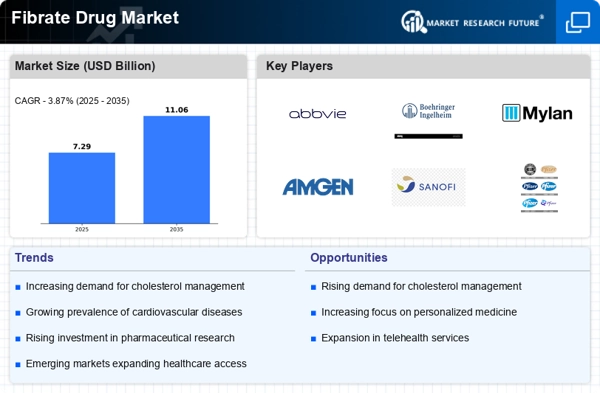
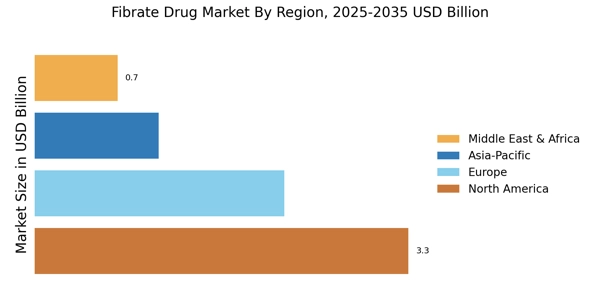
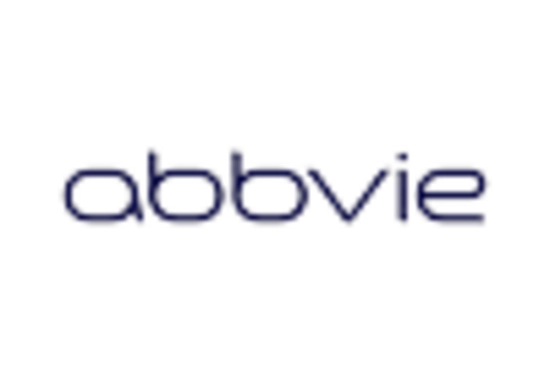


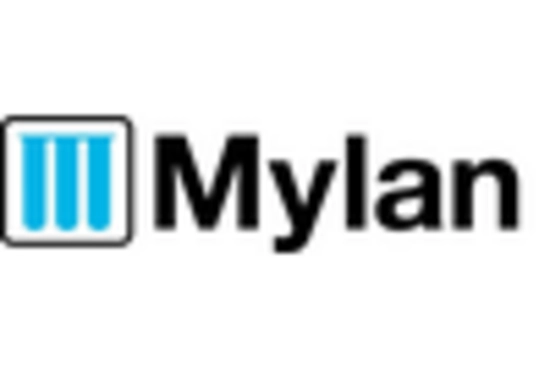

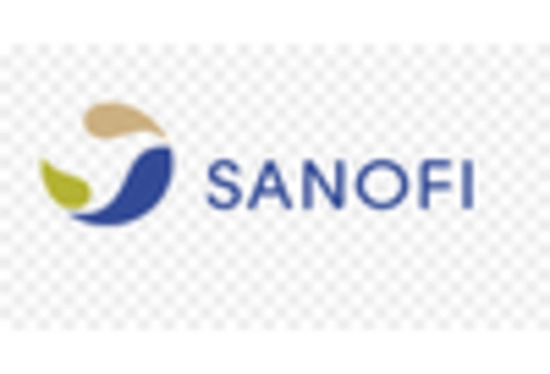








Leave a Comment